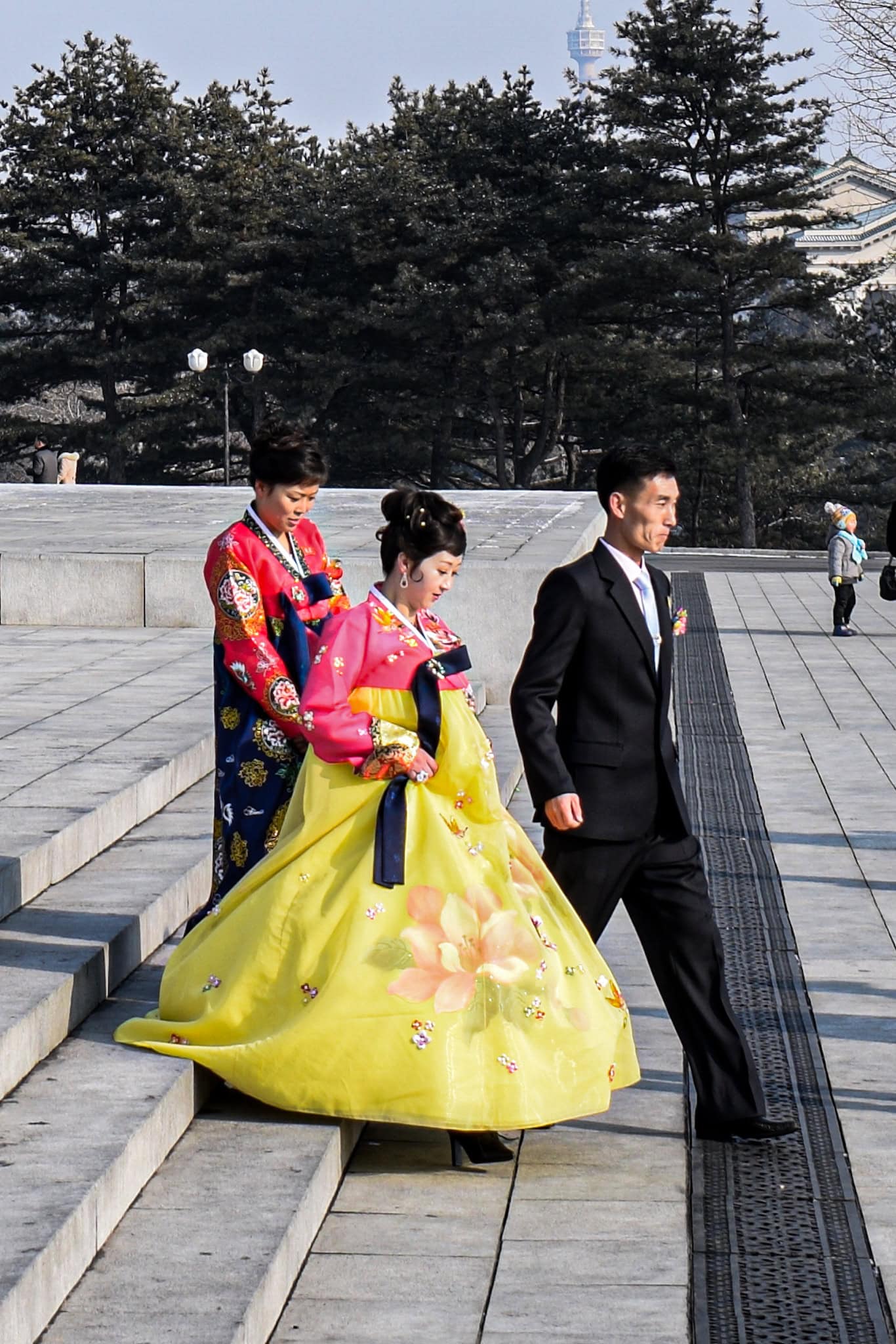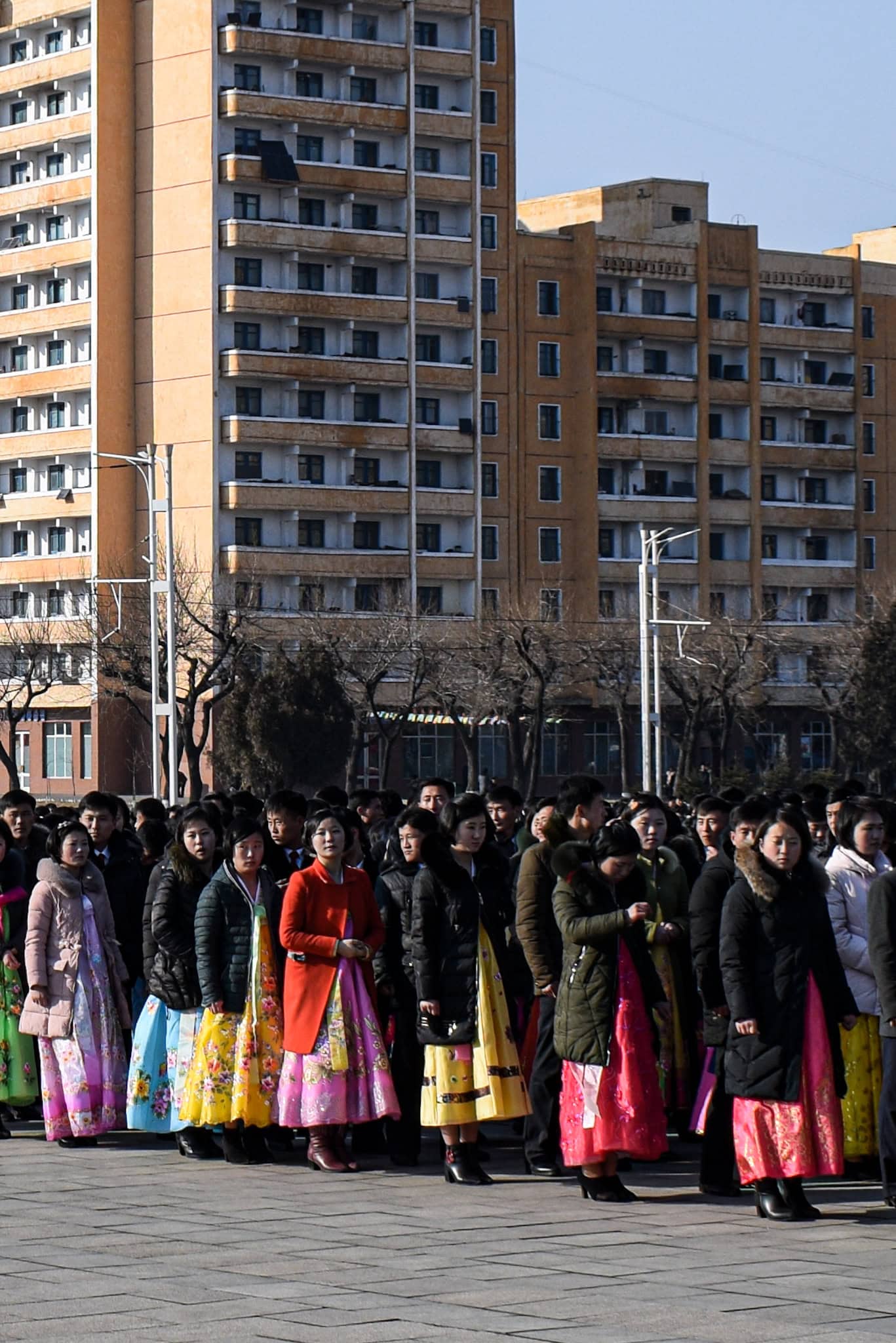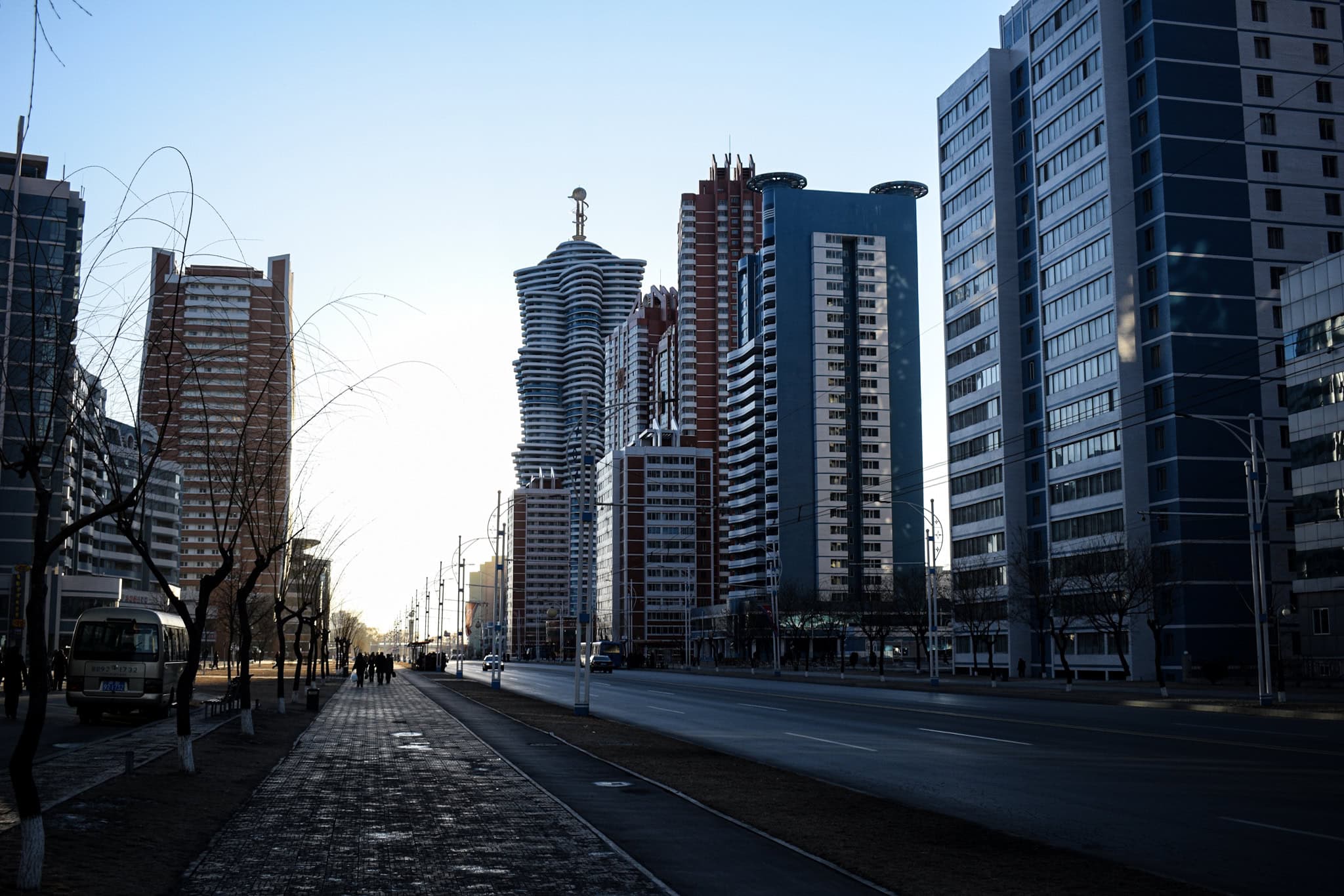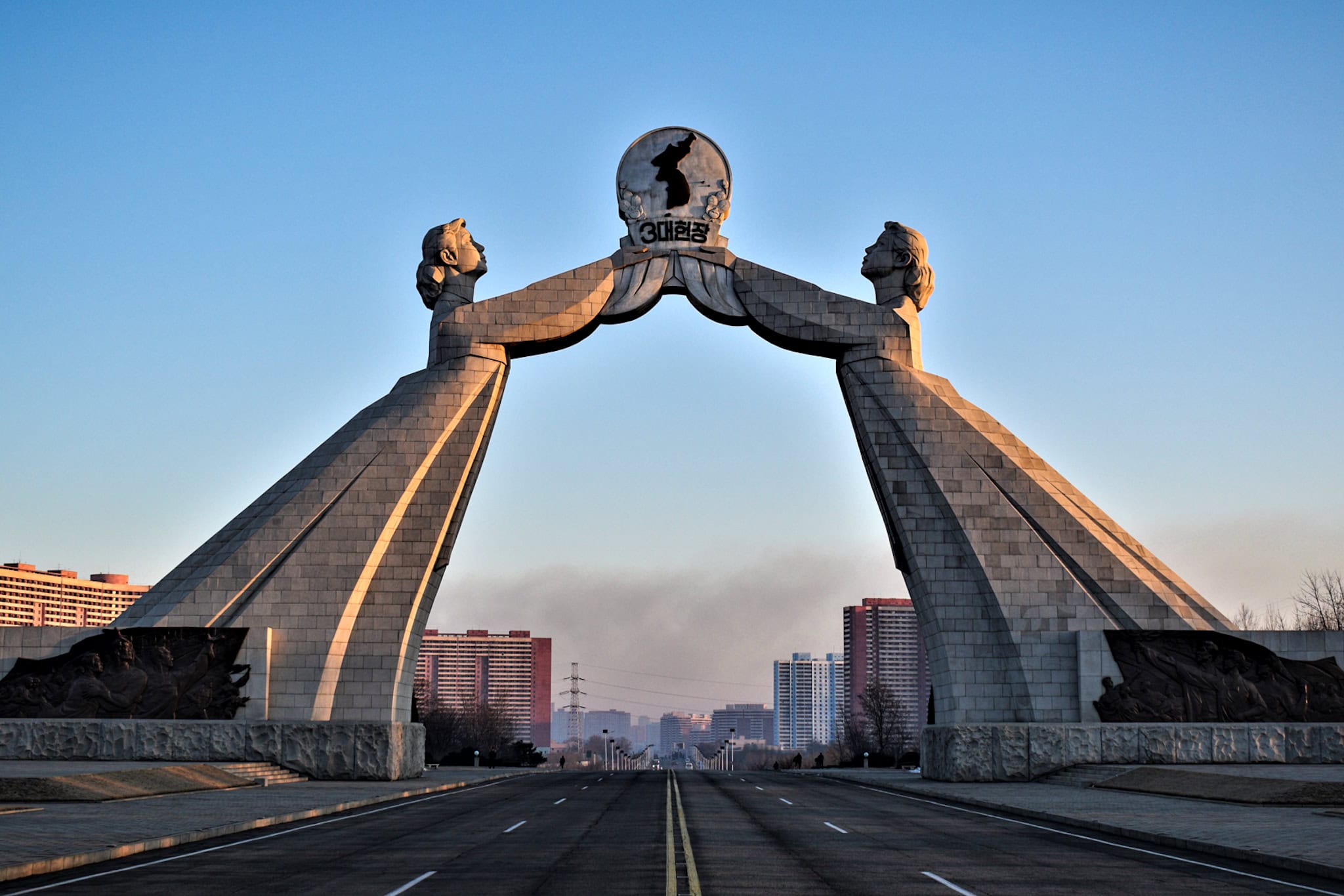NORTH KOREA
NORTH KOREA
THE DMZ
The Demilitarized Zone (DMZ) divides the Korean peninsula and is one of the most fortified places on Earth.
It is here that most of the fighting during the Korean War took place and where the armistice was finally signed in 1953.
It is a place laden with history, and a testament to the ongoing conflict.
VICTORIOUS WAR MUSEUM
The museum shows the North Korean narrative of the Korean War.
Lifesize replicas of KPA (Korean People’s Army) jungle camps and trenches, a 360-degree panorama of the Battle of Taejon and the captured US-Navy ship USS Pueblo are just a few of the exhibits displayed.
The propaganda inside is a sight to behold. I highly recommend to check it out, if you have the chance!
Visiting Pyongyang
Dive deeper into North Korean history and culture by visiting the capital of the DPRK, Pyongyang.
Learn about the role of the North Korean leaders and the state ideology Juche in society and marvel at some of the architectonic highlights and the symbolism behind them.
A perfect introduction to this isolated and often misunderstood country.
TOUR | It is not possible to travel to North Korea independently!
If you want to experience this fascinating country, you will have to book a spot on a government guided tour. There will be a fixed itinerary and you will be accompanied by guides for the entirety of your visit to the Democratic People’s Republic of Korea (DPRK).
VISA | Believe it or not, the North Korean visa might be one of the easiest attainable visas in the world!
Since a government guided tour is mandatory when visiting the DPRK, your tour operator will manage the visa process for you. All you have to do is send them the required documents, so they can apply for your North Korean visa. On entering the country, you will receive a blue tourist card, instead of a stamp in your passport, to avoid future trouble travelling. Sadly, the tourist card must be returned to the authorities when departing.
South Koreans are not permitted to visit the DPRK, whereas U.S. citizens have been banned from tours organized by Western companies, following the Otto Warmbier incident. Americans in possession of a dual citizenship may travel to the DPRK without issues, however.
For further info read the first section of this blog post.
MONEY | Currency: North Korean Won (KPW). Tourists will have to pay with hard currency (e.g. Dollar, Euro, Chinese Yuan, etc.), when inside the DPRK, however.
Since you won’t be able to withdraw any money in North Korea, make sure to bring enough cash (for extra drinks, souvenirs, etc.) on your trip.
SECURITY SITUATION | Despite the apparent volatility being portrayed by Western media, the rhetorical sabre-rattling, and frequent threats being exchanged quite regularly, the political situation on the Korean peninsula has been relatively stable over the last decades.
While not entirely improbable, an anew escalation of the conflict seems very unlikely. Nevertheless, always keep an eye on the political landscape of Korea, when booking a tour to the DPRK.











